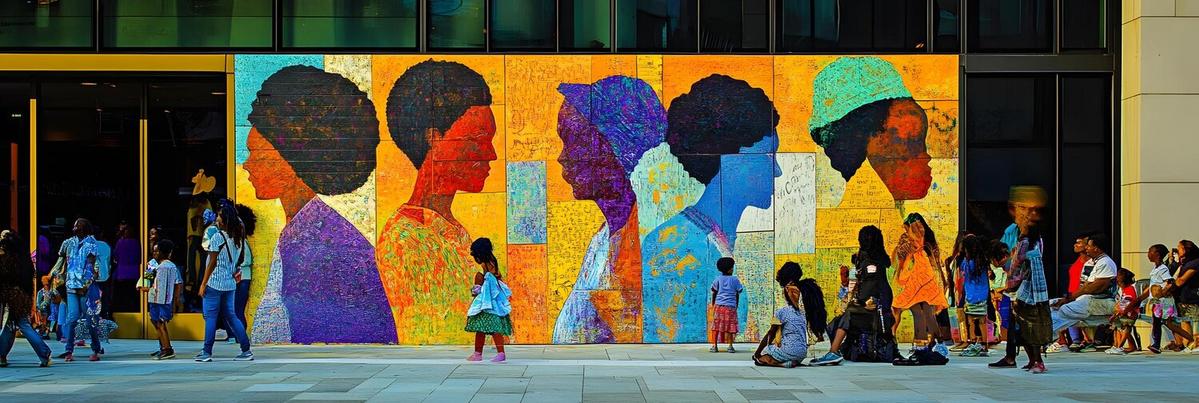
Exploring the Influence of Street Art on Modern Culture
Street art, once dismissed as mere vandalism, has now carved out a significant place in the tapestry of modern culture. This vibrant and dynamic form of expression not only adorns urban landscapes but also sparks dialogues, challenges norms, and inspires communities.
The Evolution of Street Art
Street art has evolved from its rebellious roots into a respected art form. Initially associated with graffiti, it has expanded to include murals, installations, and digital projections. This transformation has been fueled by artists who have harnessed public spaces to convey powerful messages. According to a study by the World Street Art Foundation, street art is now a key component of urban renewal projects in over 50 major cities worldwide.
Impact on Communities
Street art has the power to transform neighborhoods, turning neglected areas into vibrant cultural hubs. In Los Angeles, for example, the Arts District has become a thriving community center, attracting tourists and locals alike. This revitalization can lead to increased foot traffic and economic growth, benefiting local businesses.
Insights from Experts
“Street art is the voice of the marginalized, a mirror reflecting societal issues,” says urban art historian Dr. Emily Carter. Her research highlights how street art often addresses themes like social justice and environmental concerns, resonating deeply with diverse audiences.
Statistics and Research
A survey by the Urban Art Research Institute found that 67% of residents in urban areas believe street art enhances their community. Furthermore, cities that embrace street art see a 48% increase in cultural tourism, underscoring its economic impact.
Personal Anecdotes
Consider the story of Mike, a local business owner in Brooklyn. After a mural was painted on a building near his café, he noticed a surge in customers. “People come for the art and stay for the coffee,” he remarks, highlighting how street art can boost local economies.
How to Engage with Street Art
For those looking to engage with street art, start by exploring local murals and installations. Many cities offer guided tours that provide insights into the artists and their work.
To fully appreciate street art, approach it with an open mind and consider the context and message behind each piece.
Comparison Table: Street Art vs. Traditional Art
| Aspect | Street Art | Traditional Art |
|---|---|---|
| Location | Public Spaces | Galleries/Museums |
| Accessibility | Free to view | Often requires ticket |
| Audience | General Public | Art Enthusiasts |
| Purpose | Social Commentary | Varied |
| Medium | Spray Paint, Mixed Media | Oil, Acrylic, Sculpture |
| Artist Exposure | Immediate and Broad | Curated and Selective |
| Changeability | Temporary | Permanent |
| Regulation | Often Unregulated | Regulated |
Frequently Asked Questions
What is the main purpose of street art?
Street art often aims to provoke thought, challenge societal norms, and highlight social issues.
How can I support street artists?
Support can be given by attending street art festivals, purchasing art from local artists, and advocating for legal street art spaces.
Is street art legal?
While some street art is commissioned and legal, others may be created without permission, leading to legal gray areas.
Conclusion
Street art is more than just an aesthetic addition to urban environments; it is a powerful cultural force that influences modern society. As it continues to evolve, street art will undoubtedly remain a vital part of the artistic dialogue, challenging perceptions and inspiring change. For those interested in exploring this dynamic art form, start by appreciating the pieces around you and supporting local artists in your community.


